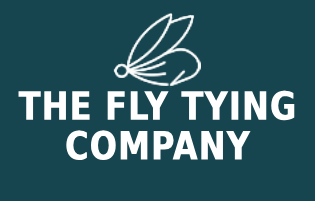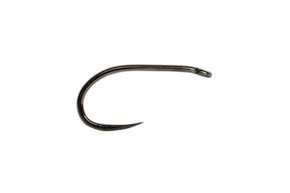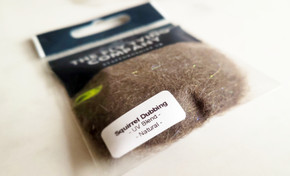Origin and History
The Sparkle Dun was created in the 1980s by American tier Craig Mathews of Blue Ribbon Flies in Montana. It was designed as an emerger pattern, sitting low in the water film to imitate mayflies caught in the process of hatching. The key innovation is the trailing Antron shuck, which represents the empty nymphal case. Since then, the Sparkle Dun has become a universal trout pattern, effective wherever mayflies hatch, including rivers and stillwaters in the UK.
Materials
- Hook: Dry fly or emerger hook, sizes 12–20
- Thread: Olive, brown, or black 8/0
- Tail/Shuck: Brown or amber Antron yarn
- Body: Fine dubbing to match natural mayfly (olive, tan, grey, etc.)
- Wing: Comparadun deer hair, tied upright and splayed
Popular Variations
- PMD Sparkle Dun – tied in pale yellow for Pale Morning Dun hatches
- Olive Sparkle Dun – most effective during Baetis hatches
- Brown Sparkle Dun – imitates larger mayflies like March Browns
- CDC Sparkle Dun – uses CDC for the wing instead of deer hair
- Rusty Spinner Sparkle Dun – tied in rusty brown for spinner falls
Step-by-Step Tying Guide
- Start thread behind the eye and wind to the bend of the hook.
- Tie in a sparse trailing shuck of brown or amber Antron yarn, about half the hook length.
- Dub a slim tapered body using colour to match the hatch.
- Prepare a small bunch of comparadun deer hair, stack tips, and tie in upright at the thorax.
- Dub a small thorax to cover the deer hair butts and create a neat transition.
- Whip finish behind the eye, keeping the profile slim, and secure with varnish if needed.
Seasonality & Representation
The Sparkle Dun is effective from spring through autumn, especially during prolific mayfly hatches such as Baetis olives and Pale Wateries. It represents a mayfly emerger caught in the surface film, one of the most vulnerable stages for trout to target. Its low-riding profile and trailing shuck make it especially convincing to selective fish.
Tackle and Setup
- Rod: 8–9ft, 3–5wt
- Line: Floating line
- Leader: 9–12ft tapered, 5–7X tippet
- Setup: Fish singly to rising trout, dead-drifted upstream for natural presentation
Summary Table
| Aspect | Details |
|---|---|
| Origin | Craig Mathews, USA, 1980s |
| Best Seasons | Spring to Autumn |
| Represents | Mayfly emerger with trailing shuck |
| Hook Sizes | 12–20 |
| Tackle Setup | 8–9ft rod, floating line, 9–12ft leader |












